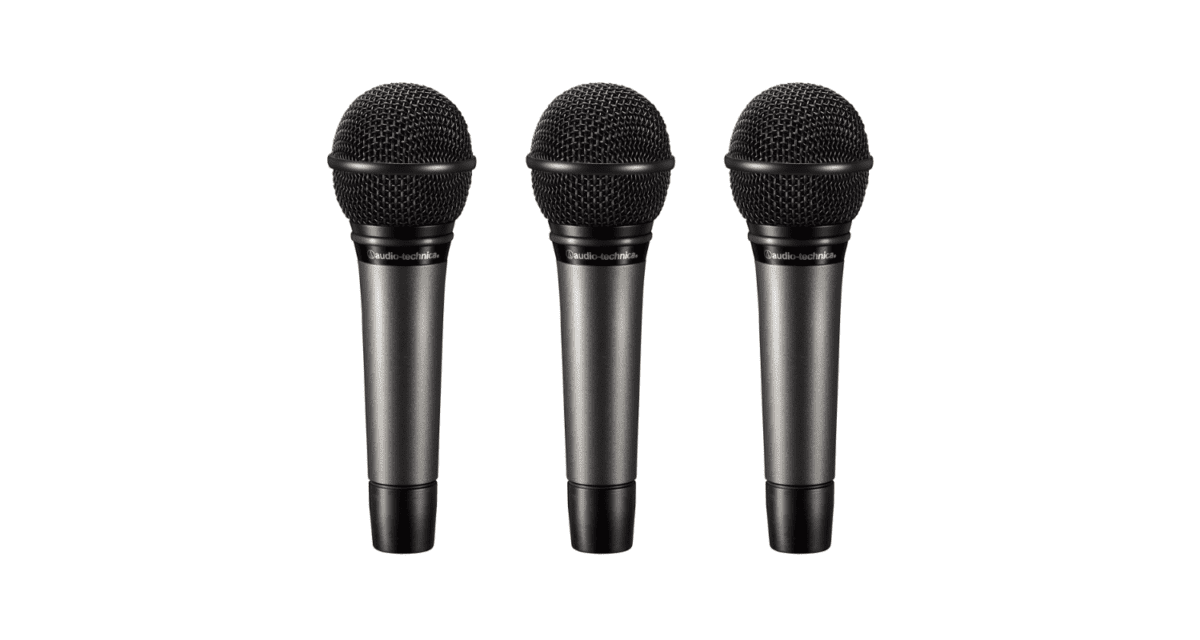Blog
Balls!

Have you ever wondered why the end of a microphone is ball-shaped? Probably not. But I am going to tell you anyway. I have literally NEVER been asked, “Why are there balls on my mics?” I need to share the answer because it explains a lot of silly things we do in the audio profession. And I get to say “balls” a lot in this article.
So mic ends are shaped like balls. And here is why: it is shaped like a ball so its pickup pattern is NOT shaped like a ball. It’s like the dictionary definition of “counterintuitive”. It’s shaped round so the pickup pattern is less than round. And here is how that works.
When you sing into your dynamic mic, the noises from your mouth-hole vibrate with what looks like a tiny speaker inside the ball of the microphone. That little speaker-looking thing (diaphragm) moves back and forth and moves a coil of wire near a small magnet. This generates electricity and sends it down the mic cable to your karaoke machine (Bye Bye Bye by NSYNC is my fave). This is the extensive abstract mic knowledge you need to understand all the rest. A mic is a speaker in reverse. NSYNC is awesome. Done.
Now that you have the hardest concept dialed in, imagine that some sound is heading toward your microphone that is NOT coming out of your mouth. Imagine it’s from the side, like a screaming baby on a plane. Nobody wants screaming babies mixed in with your beautiful Justin Timberlake-like tones. So we want to REJECT THAT BABY. How do we reject babies? Once again, let’s get counterintuitive. We reject babies by letting them in. We listen to the screaming babies so we can make them go away.
The baby screams from the side are going to hit the top of the mic diaphragm. We could try to put a big cone or a pipe on top of the diaphragm to keep the babies out, but it would a) look silly, and b) make your voice sound like you are singing into a cone. Both are bad. So to cancel the babies, we let them into the back of the diaphragm with some very strategically placed entrances that only fit a baby. We let the baby sounds hit the back of the diaphragm and the front of the diaphragm at the SAME TIME….and boom…. they cancel each other out. Baby REJECTED!
So we use the sound to make it go away. The ball shape is to let sound in from the back and the front at the same time….and the sound coming from the back is what we want to cancel, reject, and ignore.
Guess what? You now know how an array mic works! Instead of a strategic baby entrance, we use a big pile of mics spread out in an “array” to pick out the sound we want to cancel. Instead of a traditional front and back cancellation, we use electronics to flip the sound upside down so it cancels itself out. It isn’t a hard concept. We have a baby mixed in with an anti-baby. Or positive-baby plus negative-baby (that equals zero-baby). In an array mic, we can really focus on multiple babies and reject them. Bye, Bye Baby Bye, Bye! So there you have it. Balls. Diaphragms. Babies. That is how directional mics, column speakers, line arrays, and cardioid subwoofers work. If anyone asks, just tell them. They will totally get it.
